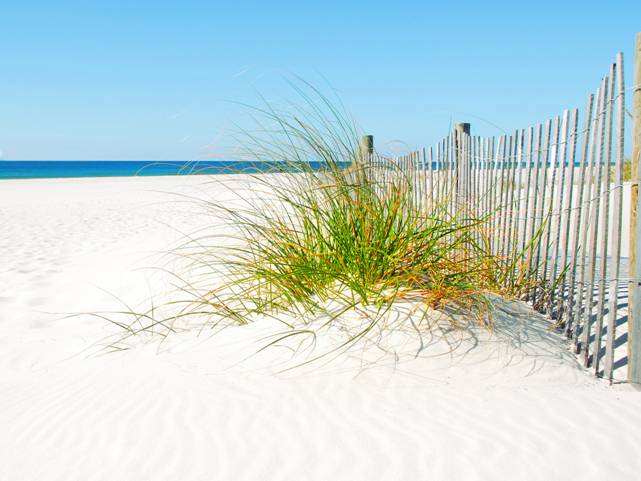
Salty Sam’s Fun Blog for Children
Number 535
Machu Picchu
Hello Everyone
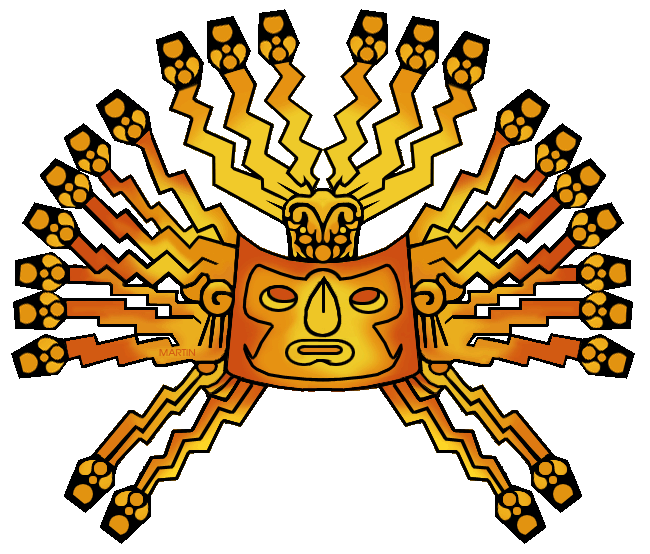
Do you know what a bucket list is?
lt is a list of things you want to do in your life.
Most people put places they want to visit on their list – or maybe things they want to see or do. They may have a list of goals they want to achieve.
One of the places on a lot of people’s bucket list is Machu Picchu.
lt is thought of as a mystical and spiritual place which is situated in the Andes Mountains above a place called the Sacred Valley.
lt is the site of some ancient ruins about 50 miles northwest of the town of Cuzco in Peru that were designated a UNESCO World Heritage site in 1983.
The scenery surrounding the ruins is spectacular.
Machu Picchu was not known to the modern western world until it was discovered in 1911 by Hiram Bingham, a professor at Yale University – he was looking for ‘the lost city of the lncas’ and was led there instead by a local.
The site had been mostly overgrown by jungle but the terraces were being used to grow vegetables.
Other Europeans had visited it before; but not drawn international attention to it. Bingham investigated the site and took many artefacts back to Yale.
After excavation, Machu Picchu was found to be one of a series of fortified places (like a castle), travellers’ inns and signal towers.
Steep cliffs around the site would have given the residents natural defences. There were only two high-altitude entrances, and these would have been easy to defend.
The dwellings were probably built some time in the mid-1400s and the palace there was the home of a ruler called Pachacuti lnca Yupanqui who ruled from 1438-1471. Hundreds of people would have also lived there.
Why the palace was eventually abandoned it is not clear, but lack of water may have been the reason, or invasion of the country by the Spanish or a widespread outbreak of disease.
The Spanish did not find the place in the end and so it was never plundered like other places in Peru.
A lot of the structures are still evident – although they are in ruins and uninhabitable.
Machu Picchu clings to the slopes of the top of the mountain. Some of the buildings have been restored to complete their form. ln fact, over a third of the complex has now been restored.
They are surrounded by stepped agricultural terraces that were covered in rich soil from the valley floor. The climate is warm and tropical and rainfall is adequate, so growing crops on the terraces was probably easy for the lncas – but food was imported too.
The winters there are dry and frosty.
There are walkways, wide terraces and thousands of stone steps.
There is a cemetery. There are temples and warehouses.
The complex shows masterful architecture of the classic lnca style. Stone blocks are cleverly put together without mortar to paste them together.
There is a giant stone at the top of the mountain that has four corners. These line up with the four points of the compass. The stone also lines up with the spring and autumn equinoxes.
There is The Sacred Rock also known as the Temple of the Sun with a small grotto.
The entrance is on the lnca Trail (a hiking trail) and brings in tourists from all over the world.
Machu Pacchu is the most visited and the most economically important tourist destination in Peru. lt can be visited on a day trip from Cuzco via a railway then road or by the steep lnca Trail.
The train that takes tourists up to the site is one of the most luxurious in all the Americas. The carriages were built at the beginning of the last century. They are glamorous and comfortable and top quality cuisine (cooking) is served aboard.
There is a hotel and a restaurant at Machu Picchu for the comfort of tourists.
But, in modern times, numbers of visitors have had to be limited in order to preserve the ruins.
Bye bye everyone – don’t forget to subscribe to my blog!
Love and kisses
Salty Sam

www.christina-sinclair.com


Bill and Bob’s Joke of the Week![]()
![]()
Bill: You know if the King wanted to make more money…
Bob: Yes?
Bill: He could turn Windsor Castle into a bouncy castle!
Bob: That’s true – he could get a lot of people in it!
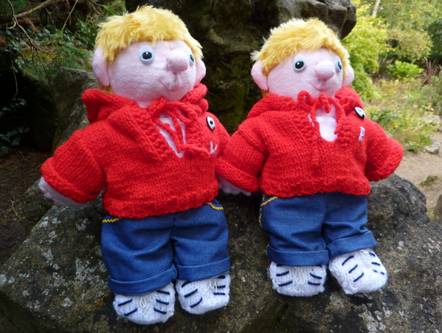
Salty Sam © Christina Sinclair 2015
Unauthorized use and/or duplication of material from this blog without express and written permission from this blog’s author and owner is strictly prohibited.
Links may be used to www.christina-sinclair.com

Picture Gallery

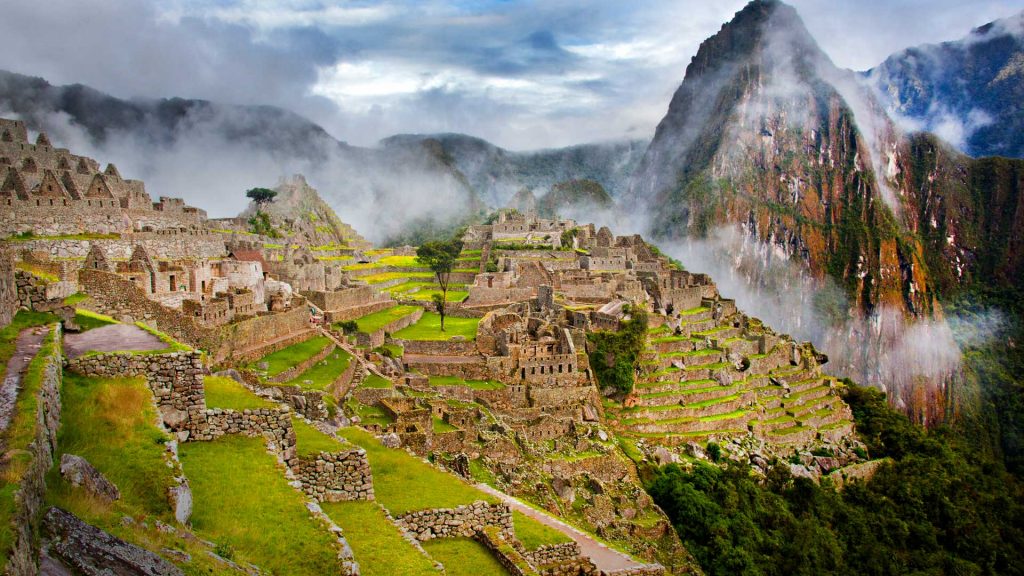


 THE SALTY SAM NEWS DESK
THE SALTY SAM NEWS DESK

Early last week, Captain Jack and I finally got the chance to use the hide that we had built in the Rocky Bay Woods last month.
It can be used in the day time to watch birds and squirrels but we especially wanted to use it to watch badgers in the evening.
We took a flask of hot coffee with us and some buns to keep our strength up.
We approached the hide with stealth; we did not want to cause a rumpus and scare off what we wanted had come to watch in the nearby clearing.
We took two pairs of binoculars with us and also two torches in case it got really dark before we were ready to go home.
We also took a cushion each because sitting on a hard wooden bench for a long time can get a bit uncomfortable.

There is a greater opportunity to see badgers in the summertime as there is more daylight left in the sky at the time they come out to find food and play with each other.
And this time of year, we are heading for the longest day in midsummer and there is plenty of badger activity to watch in the woods.
Badgers come out to feed and take exercise in the evening. But first they groom each other and this helps them to bond.
After having something to eat, they love to tussle with each other in play fights.
Badgers are very social animals. The babies are born in February so they are still youngsters in the family at this time of the year.
When they grow up, some of them stay in the den they grow up in and some go off to start a new home.
Badgers live in large family groups and can live in very large dens underground called setts. The setts can have many rooms and many entrances as well. You will notice that the badgers have strong and long claws for digging into the soil.
The underground chambers are well-furnished with a bedding of fallen leaves in autumn. The badgers drag the leaves off the forest floor and disappear backwards into the hole that leads to the home they will spend a lot of time in over the winter.
There is a dominant boar (male) and a dominant sow (female) in the group and below them is a clear hierarchy of other badgers.
Once the children heard about our badger watch adventure, they wanted to come with us on one too. So this week we went off on another trip to the hide.
There was Bill, Bob, Emily and Henry too so it was a bit of a squash inside the hide and everyone had to remember to whisper.
Luckily, the badgers came out before their bedtime and we had plenty of chance to see the badgers playing before it got dark.
The way they sit up and scratch their tummies is really funny.
Of course the children wanted to name all the badgers so we looked for distinguishing differences between them so that we could have fun spending time choosing names for them all.
The dominant badgers we called Mr and Mrs Brock.
Then there was Stripy, Tufty, Roly and Spot.
When it was time to go home the children were a bit frightened of the dark woods but I lead the way and Captain Jack came up at the rear and we formed a line and then they had to just follow the person in front and watch where they were walking along the path as they held onto a torch.
I must say, it was a little bit spooky!

When we were clear of the hide, we started singing to keep our spirits up, and it wasn’t long before we could see the glow of the lights coming from Auntie Alice’s cottage just beyond the edge of the woods.
When we got there, we had supper, and afterwards the children insisted on writing a list of the badgers names on a piece of paper so that we could put it up as a poster in the hide to tell anyone who visited about the names they had given the badgers.
There are so many people that want to use the hide now, that a waiting list had to be created so that we don’t get crowds of people all trying to pile in there at the same time!
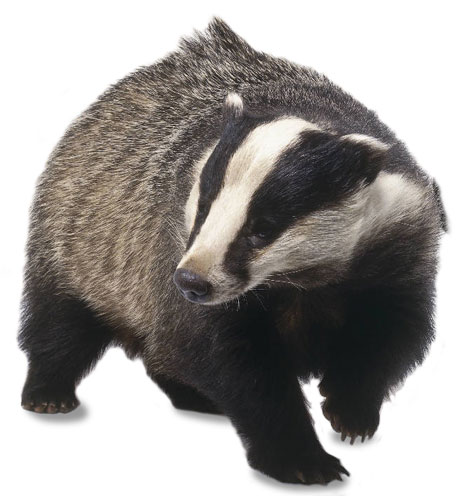

*********************
*********************

 Quick Quiz
Quick Quiz
Do you know the answer to these questions?
- What is an escarpment?
- Where does a snake charmer keep his snake?
- What does a bear do in winter?
- What is flint?
- Why did Sleeping Beauty fall asleep?
- What is a lynx?
- Where do you wear a tiara?
- How did dandelions get their name?
- What is Britain’s busiest airport?
- What is reggae?

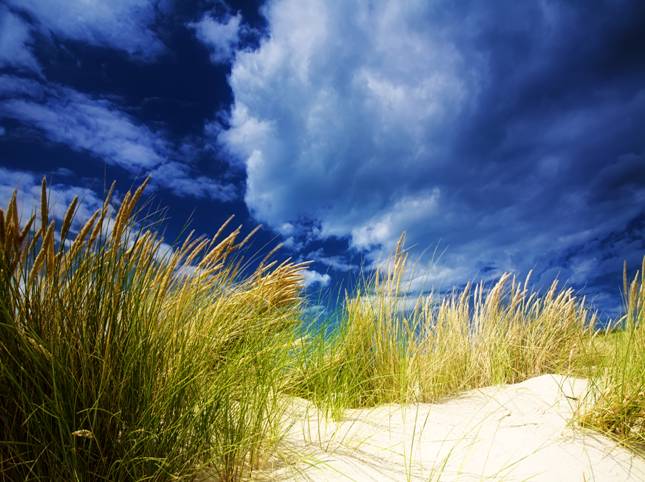


lt’s the Weekend!
 HOW TO MAKE HERB lCE CUBES
HOW TO MAKE HERB lCE CUBES
The hot days of summer are not very far away.
And lots of people eat and have drinks in the garden whilst enjoying the sunshine.
Have you noticed that when you make ice cubes the water you put into the ice cube trays goes cloudy when it freezes?
Here is a tip to make clear ice cubes.
Use hot water – not cold.
And to make your ice cubes really pretty you can put a little edible flower in each one.
But make sure they are edible!
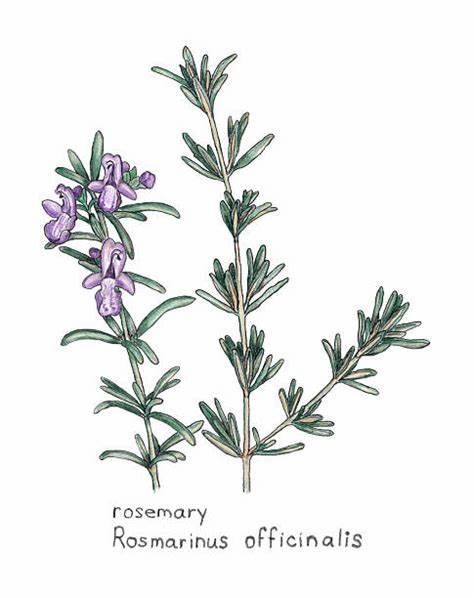
These will look really special floating in your summer drinks.
You can use rosemary flowers or borage.
You could use nasturtium flowers, lavender, basil, thyme or mint.
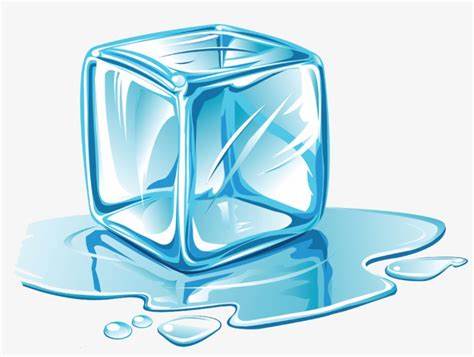
Please note that the material on this blog is for personal use and for use in classrooms only.
It is a copyright infringement and, therefore, illegal under international law to sell items made with these patterns.
Use of the toys and projects is at your own risk.
©Christina Sinclair Designs 2015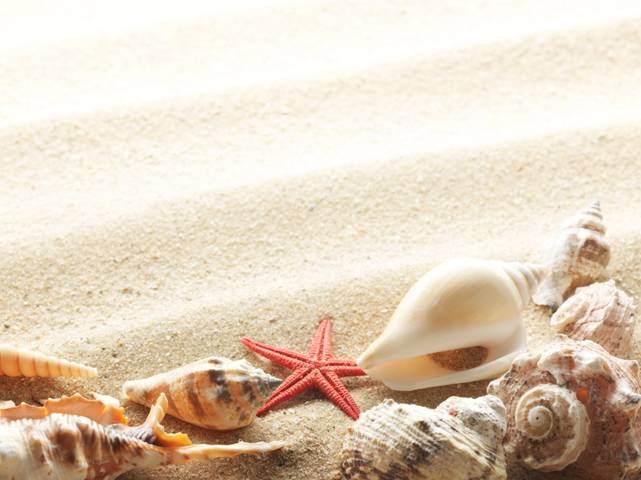


Quick Quiz Answers
- What is an escarpment? – a cliff
- Where doe a snake charmer keep his snake? – in a basket
- What does a bear do in winter? – hibernate
- What is flint? – a kind of stone
- Why did Sleeping Beauty fall asleep? – she pricked her finger
- What is a lynx? – a large cat
- Where do you wear a tiara? – on your head
- How did dandelions get their name? – dents de lion is French for lion’s teeth – look at the shape of the leaves!
- What is Britain’s busiest airport? – Heathrow
- What is reggae? – a kind of music



